We’re becoming immune to clickbait: here’s how you can write better headlines
Why we're becoming immune to click-bait, and how you can still write clickable headlines.
Descriptive headlines, that accurately describe the content are now out-performing curiosity gap headlines online.
The web is littered with curiosity gap headlines that withhold information about the articles they're linking to. This has been a highly effective strategy for driving clicks, especially on Facebook where people are looking for non-specific but relevant entertainment and information.
But this approach is becoming less effective now as savvy web users become more wary of it. Adam Mordecai, a curator at Upworthy, says descriptive headlines—ones that tell you exactly what the content is—are starting to win out over Upworthy’s signature “curiosity gap” headlines, which tease you by withholding details.
Click-Bait headlines: specific enough to arouse interest but that leave out a crucial piece of information, so you need to click through to find out what it is.
The basic principle behind why these headlines worked are timeless: they appeal to people's sense of curiosity and novelty-seeking. However, the more these types of headlines are used, the less novel they seem, and thus the less curiosity they provoke.
There is another problem with the UpWorthy style "Curiosity Gap" headlines though...
Facebook has updated their algorithm to reduce the amount of clickbait in the news feed.
In an post entitled "Further Reducing Clickbait in Feed", Facebook announced that they're using an algorithm to filter out these tabloid style headlines. Specifically, they give two tips to ensure your article isn't punished.
Be specific and don't withhold information that will establish relevance: If the headline withholds information required to understand what the content of the article is: For example, the headline “You’ll Never Believe Who Tripped and Fell on the Red Carpet…” withholds information required to understand the article (What happened? Who Tripped?)
Don't make misleading claims in the headline: If the headline exaggerates the article to create misleading expectations for the reader. The headline “Apples Are Actually Bad For You?!” misleads the reader (apples are only bad for you if you eat too many every day). A team at Facebook reviewed thousands of headlines using these criteria, validating each other’s work to identify a large set of clickbait headlines.
The simple solution, then, is to write headlines that are different, while still appealing to people's sense of curiosity and novelty-seeking.
The Four U's of Good headlines:
- Unique
- Useful
- Ultra Specific
- Urgent
- Michael Masterson
Improve your Visual Social Media
How to get better results from the pictures you post on Instagram.
This post is an ever growing collection of tips and insights to help you craft better images for your Instagram and Pinterest, as well as pictures on Twitter, Facebook and elsewhere online.
The Social Campaign Canvas
The Social Campaign Canvas helps you conceptualise a high interest announcement or event on social media that delivers measurable business or campaign value.
The social campaign canvas one-page framework that coaches you through 9 considerations to create an event on social media that gets noticed and delivers business value.
This post explains how the canvas works, and at the end you can click a button to download the .pdf to print out and use.
The Pillars
Dynamics
- Business Purpose corresponds with Content Conversion - i.e How do you ensure your content delivers on your business objective.
- Your Partners need to correspond with the Community - Partners give you access to your community, can give your credibility in that community, and help you with messaging and concept for the community.
- Your Values need to be expressed clearly in the creative Concept, this gives emotional consistency and depth to the campaign.
- Your Message is what you want to say, the Topic is what people are interested in talking about. Ultimately, you need to combine the two to ensure your message gets through in a way that's interesting a relevant.
- And at the centre of the canvas are your Audience. The reason we're doing the campaign is to get them to act, and so everything on the canvas should relate to them and what is most likely to work.
Working with the Canvas
Related Content
Book this Class
Content & Community: The Bonfire, Wildfire, and Fireworks Strategy
To build an engaged community you need to give people reasons to keep coming back. Our Hot Topics framework does this. It uses a fiery metaphor to remind us about the 3 key drivers of community engagement.
To build an engaged community you need to give people reasons to keep coming back. Our Hot Topics framework does this. It uses a fiery metaphor to remind us about the 3 key drivers of community engagement.
🪵 Bonfires, are about consistent community engagement;
🔥Wildfires, are about surprising content experiments & breakthroughs;
💥Fireworks, are about promoted posts and guaranteed content winners.
We tend to combine all three when we’re considering a content strategy, as they all build on each other.
Let's explore each of these a bit more with some practical examples.
Bonfires
In the real world, a bonfire is a gathering point where we share stories, and have conversations that connect us. Digitally, a bonfire is about community engagement.
Digitally, Bonfire content is how you join the conversation. It’s all about who you follow, which hashtags you’re tracking. It’s about the community events and gatherings you contribute to. It’s about relevance and cultural resonance.
Consistency is key. You don't want the embers of conversation to die down, rather you want to keep people involved and engaged. You don't just drop content into your timeline randomly, each piece of content is produced as fuel for an ongoing conversation.
Momentum is key - you have to use energy to get it going, and then keep fuelling it. If you find a hot topic, don’t just post on it once, keep going.
Practically, we’re using hashtags to connect with broader conversations. We’re following and responding to influential voices in these conversations too. And we’re aiming to build trust and recognition over time. So consistency and momentum really are important here.
Bonfire content activities
Identify a theme, topic or community you want to build influence with;
Find and connect with the most influential voices on your topic or theme;
Stay on topic, and on-brand;
Build a consistent rhythm of posting on key themes and keep it up;
Respond and engage to posts on the topic with flair;
Focus on building lists, subscribers, and followers so you can more easily reach people when you need to activate them (for your Fireworks and Wildfire moments)
There is no hierarchy around a bonfire, but there can be leadership and influence.
Keywords: Connection. Community. Consistency. Content Calendar. Conversational Momementum.
Fireworks
Fireworks are spectacular, they can be seen far and wide.
Firework content is content you plan to succeed. The easiest way to guarantee a winner is through paid promotion, organic boosting (seeding to supporters), and content excellence.
We don’t hope our firework content performs well, we plan for it. We build up to it, time the release of it perfectly, promote it with paid media spend, and send it to our community directly and ask them to share it.
Each campaign should have at least one key piece of super-successful content around which the rest of the campaign is built. Often we have several: the launch video, mid-campaign rally, and wrap-video.
Timing is important with fireworks, all your influencers should announce the moment at the same time to create a trending topic.
Examples at Treeshake of this are campaign launch videos; our lists celebrating change-makers; and key announcements.
Firework content activities:
Pick the optimal date and time for your firework content.
Pick a hashtag so people can find each other on the theme.
Get in touch with influential people on the topic and secure their involvement before you launch.
Make it easy to participate: clear call to action, and compelling reason to get involved. You might event pre-produce content templates for your “influencers” (or social media volunteers) to use for their posts.
On the posting date (or date range) mobilise as many people to get onto social media and post at the same time using the hashtag.
Get a group of influencers/volunteers to spend time commenting or responding to people on the hashtag so that it’s really active.
Keywords: Cost. Calendar. Collaboration. Coordination. Conversion.
Wildfires
Wildfires spread fast, burn hot, and happen unpredictably. Digitally, it’s about content that “goes viral” and drives results and reach for your brand, message or movement.
On social media wildfire content is content that spreads from person to person and where ANYONE can contribute to the conversation, even if they don't know anything about the actual topic.
The keys to this kind of content are that it should be timely, unexpected, and taste-makers should get involved.
Wildfire content activities:
Create beautiful, surprising or super-relevant content regularly.
Wildfire content is often brave, experimental, or perfectly timed.
Follow the news and keep a look out for emotive pieces that you can create content about. Improve your taste as you learn what your people respond to.
Get fast and accurate in your copywriting and design so you can produce quality content really quickly in response to key news event.
Help your content spread by sending it directly to supporters, friends and influencers and asking them directly to share it.
Keywords: Creativity. Timing. Responsiveness. Surprise!
Related Classes
Is your brand smashable?
According to Martin Lindstrom, the best brands are Smashable. For example, if you saw a piece of a broken Coca Cola bottle, you'd probably be able to recognise it. Coca Cola is a "smashable brand", any part of it can lead us back to the source.
The "smashable brand" theory was developed by Danish author, and brand expert, Martin Lindstorm, who holds that the best brands are those that are smashable.
Lego is one such brand. Consider the humble Lego brick. Immediately recognisable, it's a brand icon. If you were to walk into a Lego movie by mistake there would be no doubt about the brand. It is a consistent experience in terms of visuals, tone, and even world-view. No matter how you encounter the brand, it is recognisable as a part of a bigger whole.
In the digital context, brands are smashed all the time. You see brand tweets and branded Facebook posts out of context. You scroll down the page and miss all the clever creative in the banner ads. You open a brand email, but only read the first half. People seldom get to experience the brand as a whole online.
This fragmented way of experiencing brands is problematic for both companies and consumers. Fragmented brands are ignored and forgotten. People experience a lot of clutter online - like shards of broken glass scattered in the environment - and it is off-putting.
How to tell if your brand is smashable on social media?
Consider whether your last few posts could just as well have been posted by your one of your competitors? In other words, if your brand's voice, character, purpose and community aren't coming through in a distinctive manner, then your brand is smashed, and not smashable.
You want to be visually consistent, tonally consistent, and most importantly: consistent in world-view. Lego, for example, stands for the power of productive play and the value of imagination. No matter where you encounter the brand, this is the prevailing world-view.
Examine your online advertising efforts. Is it well designed and compelling for the web, or is it just a shrunk print ad?
Level-up from being Smashed, to being Smashable.
Start paying attention to both the big picture and the details.
Big picture: What does your brand stand for, and why should people care?
Details: Is the look, voice, and feel consistent wherever people encounter the brand - every touch point, online, in-store, in-person, on Twitter, on-the-phone, the brochure and so on. All of these fragmented pieces represent you, and they should be instantly recognisable as a whole.
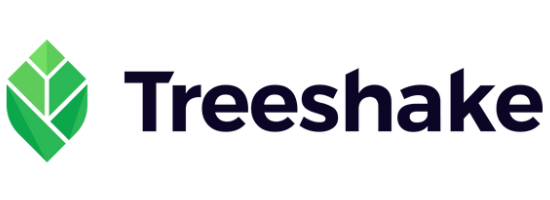

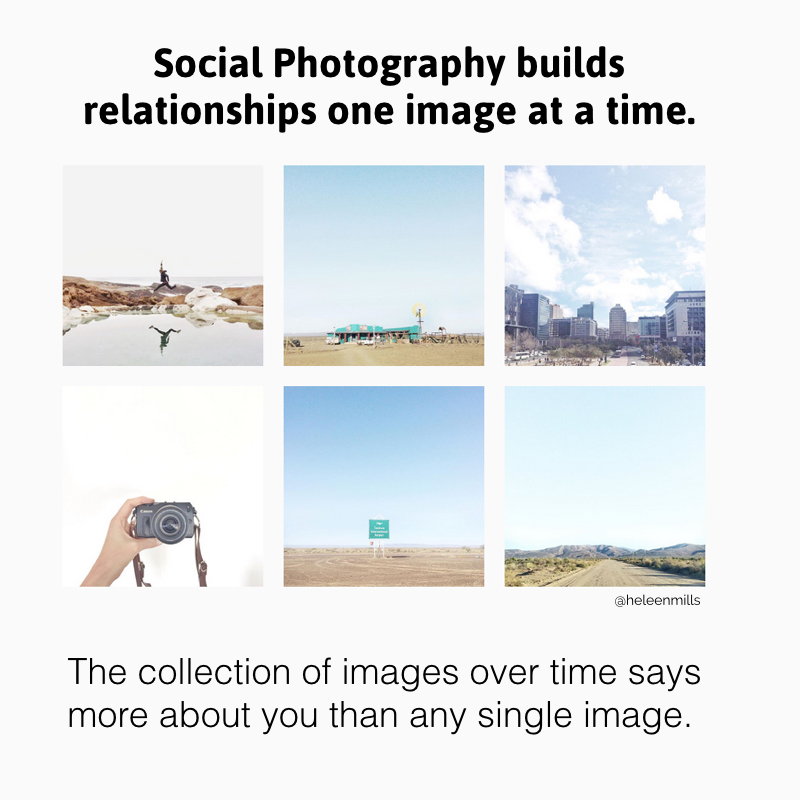
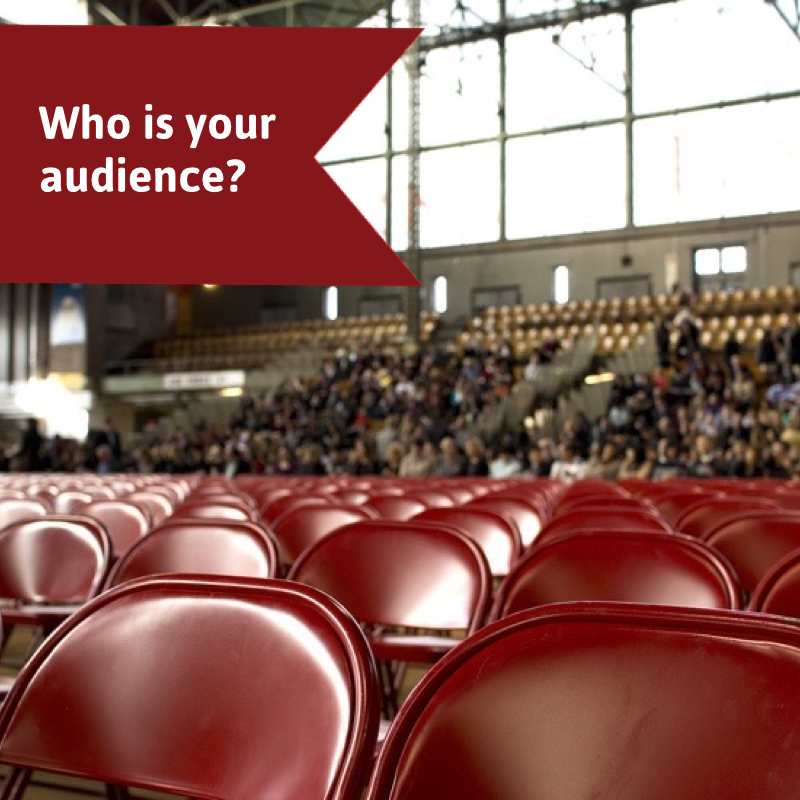

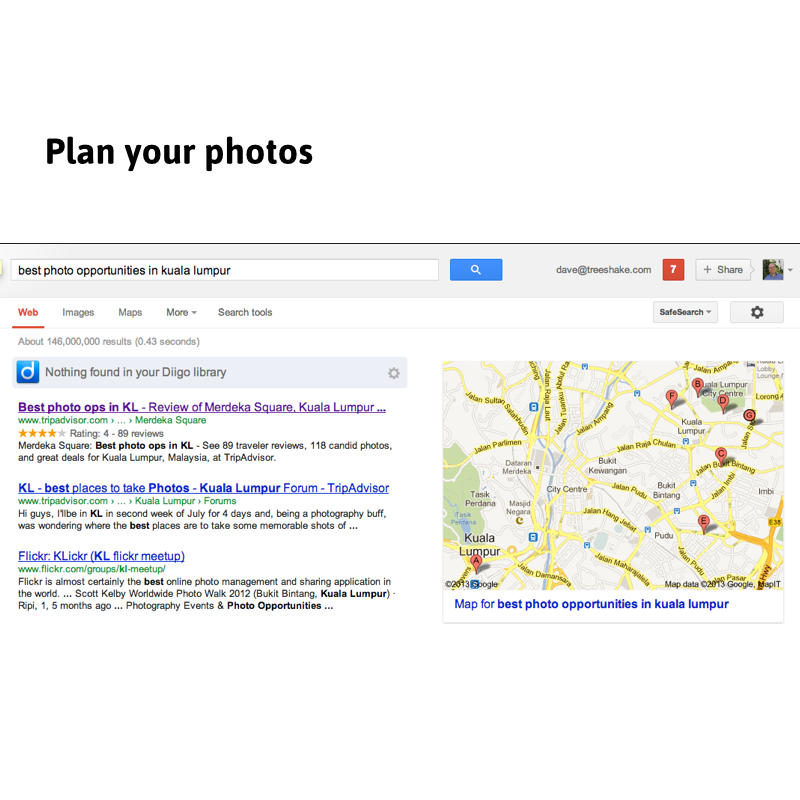
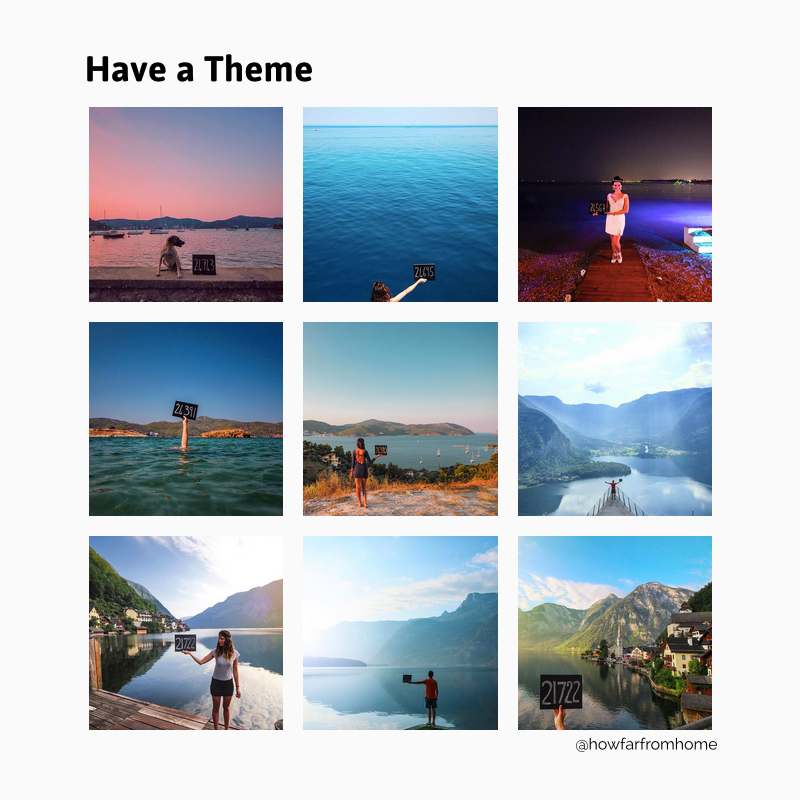
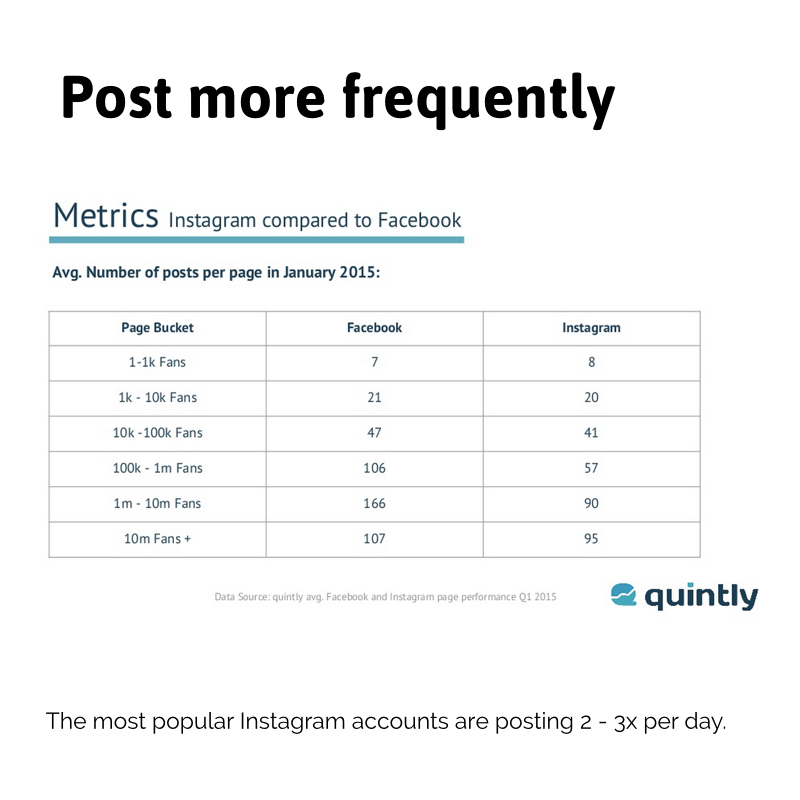
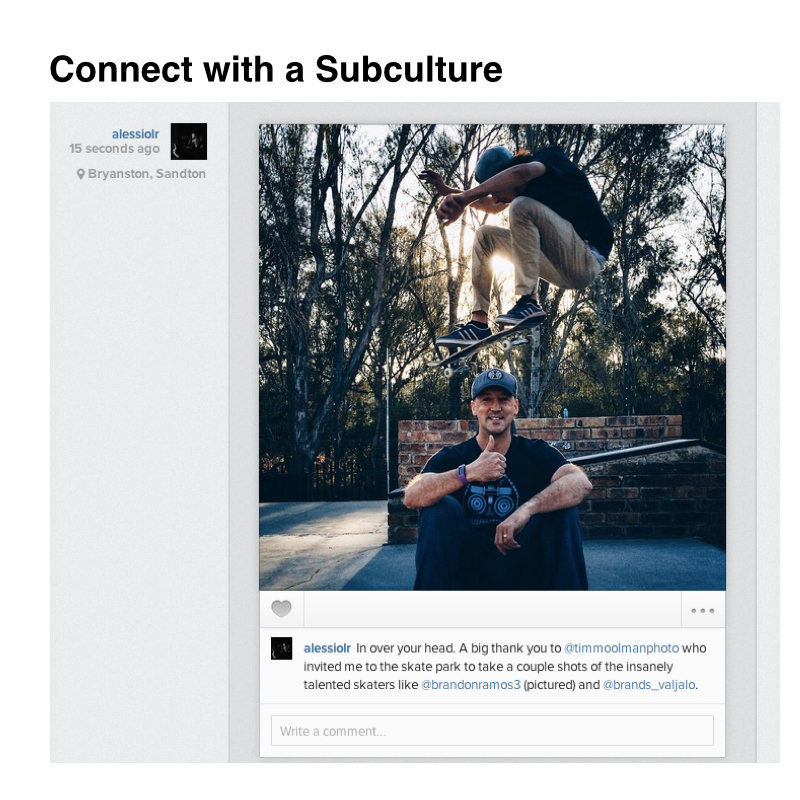
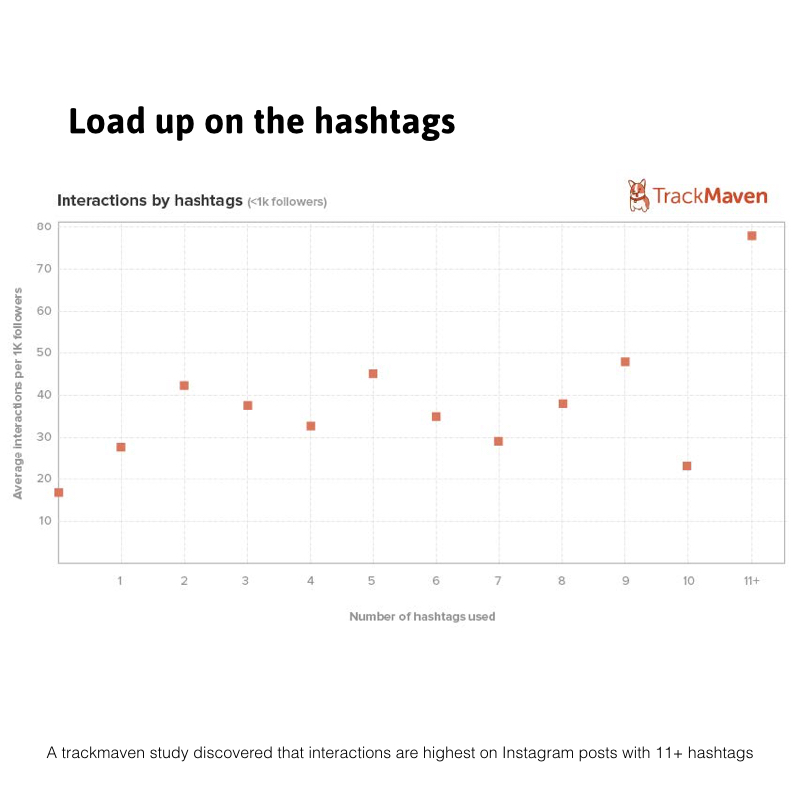
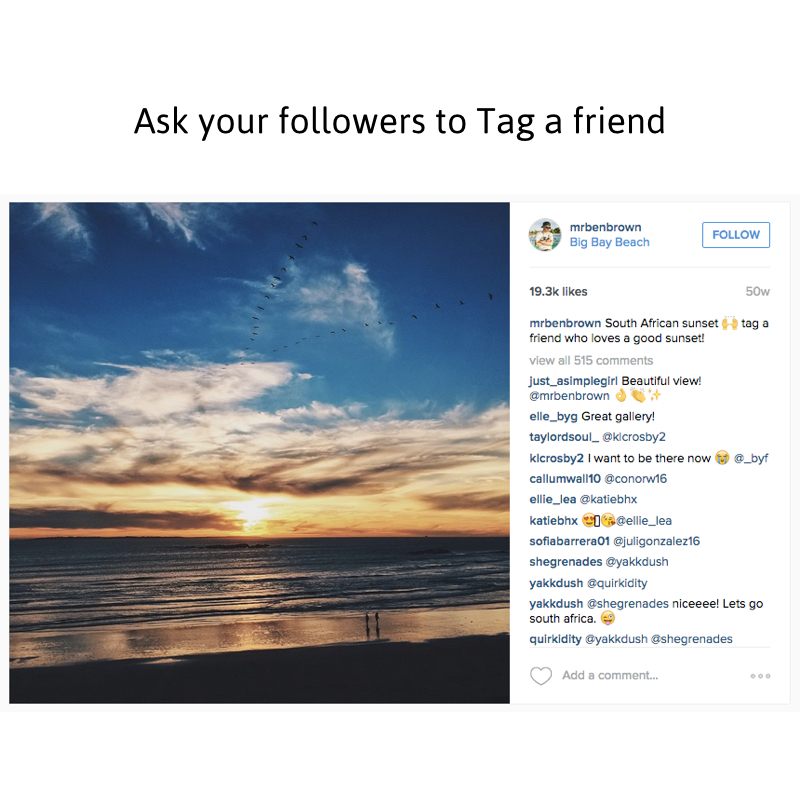



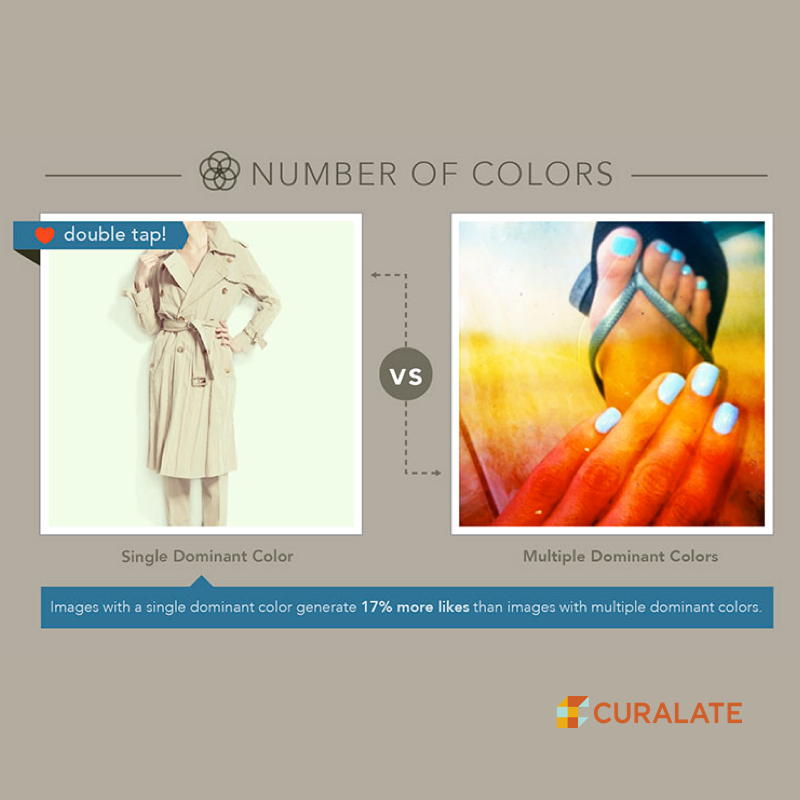
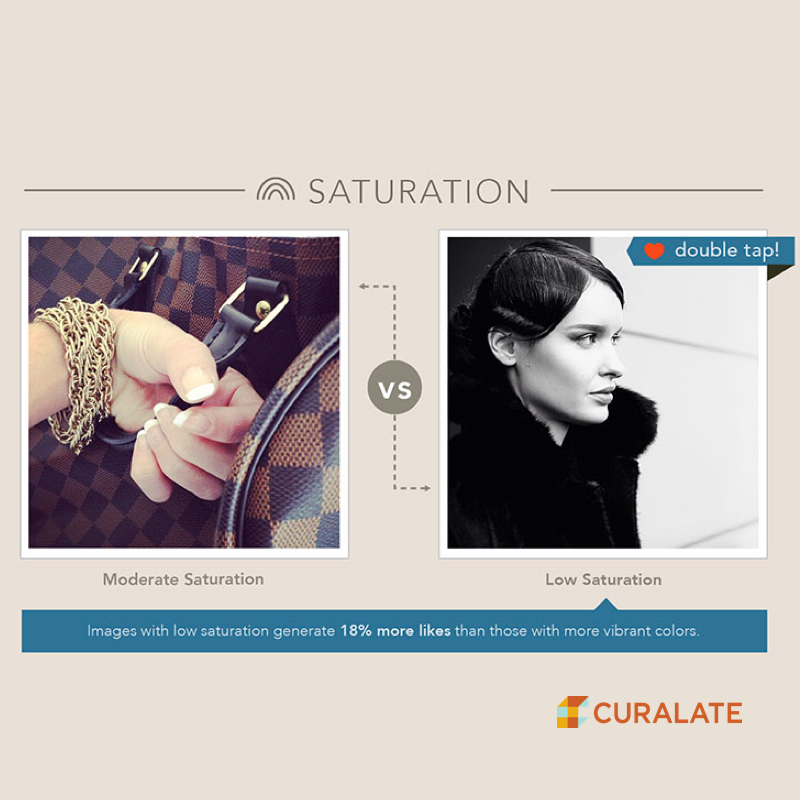
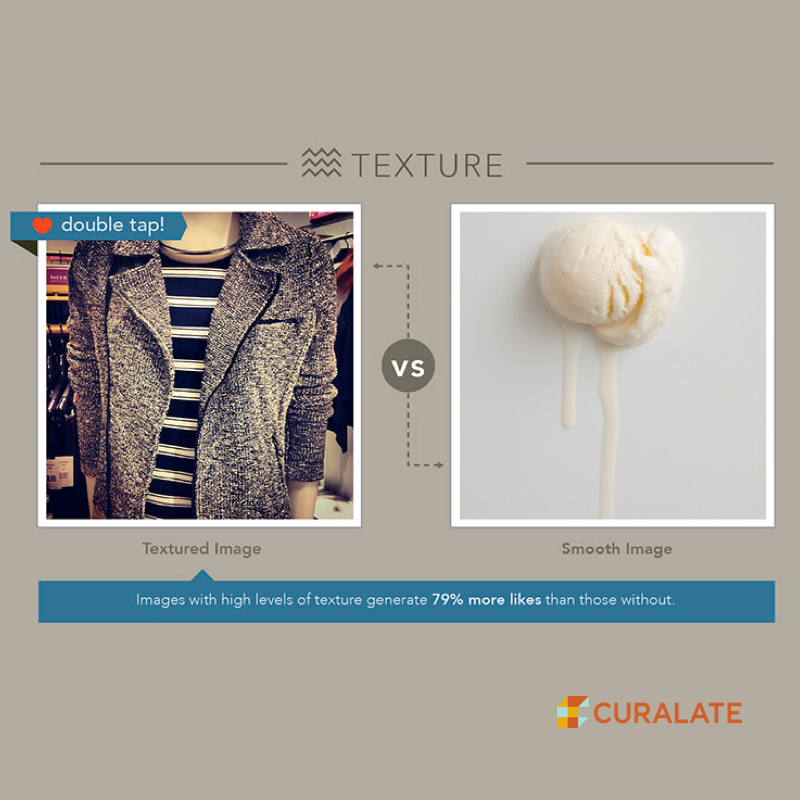

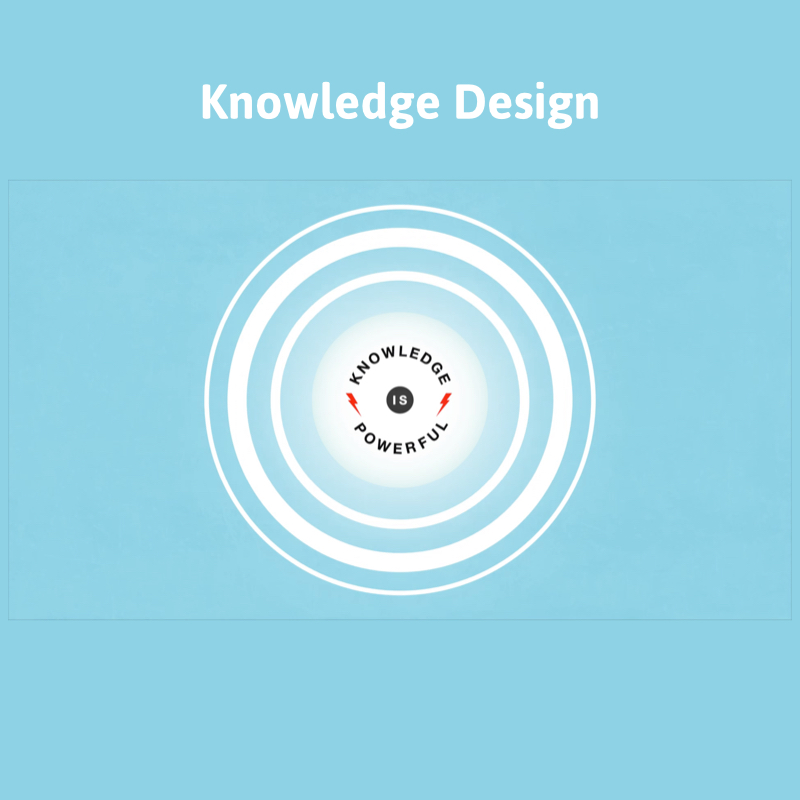









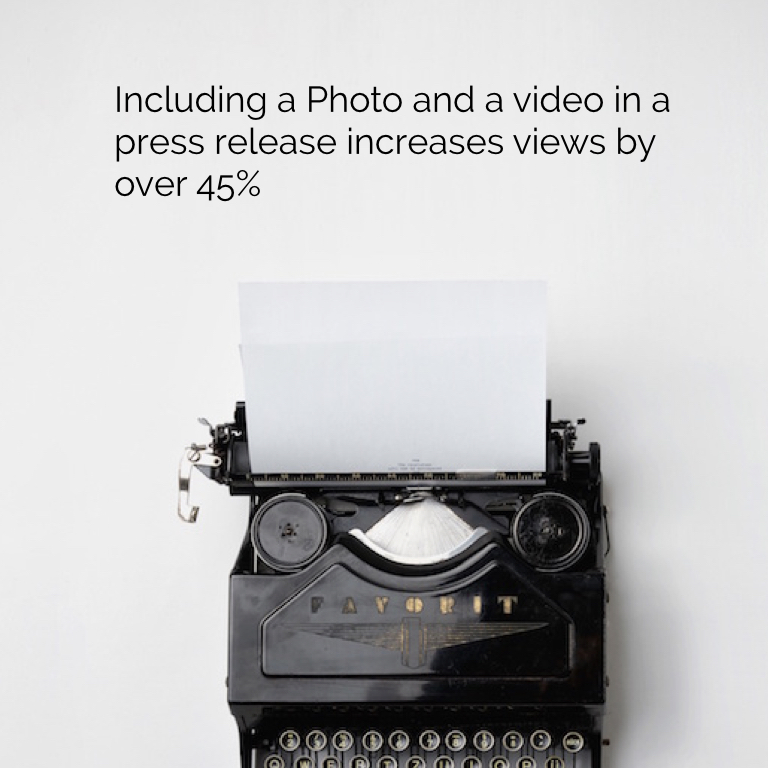

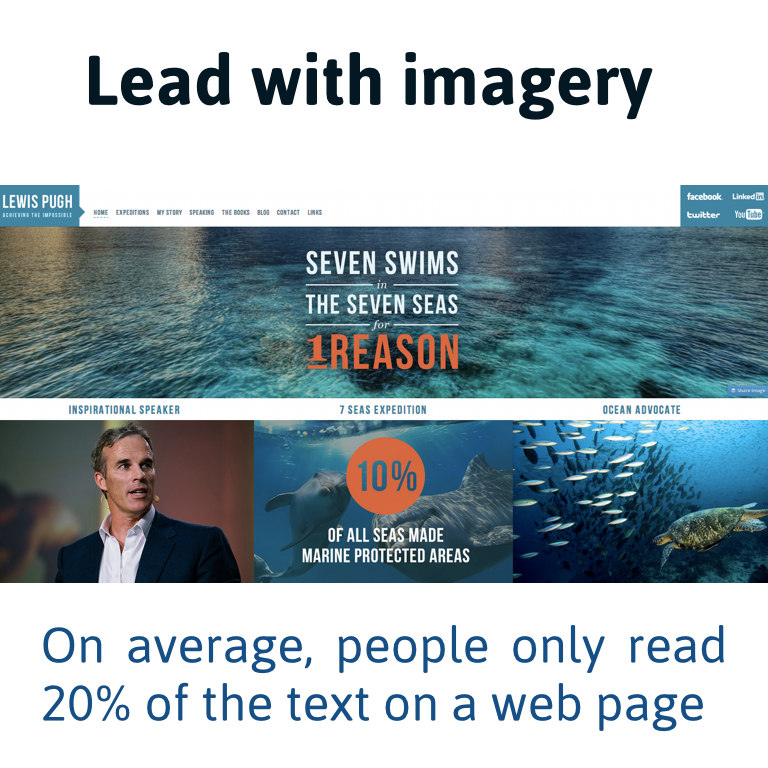
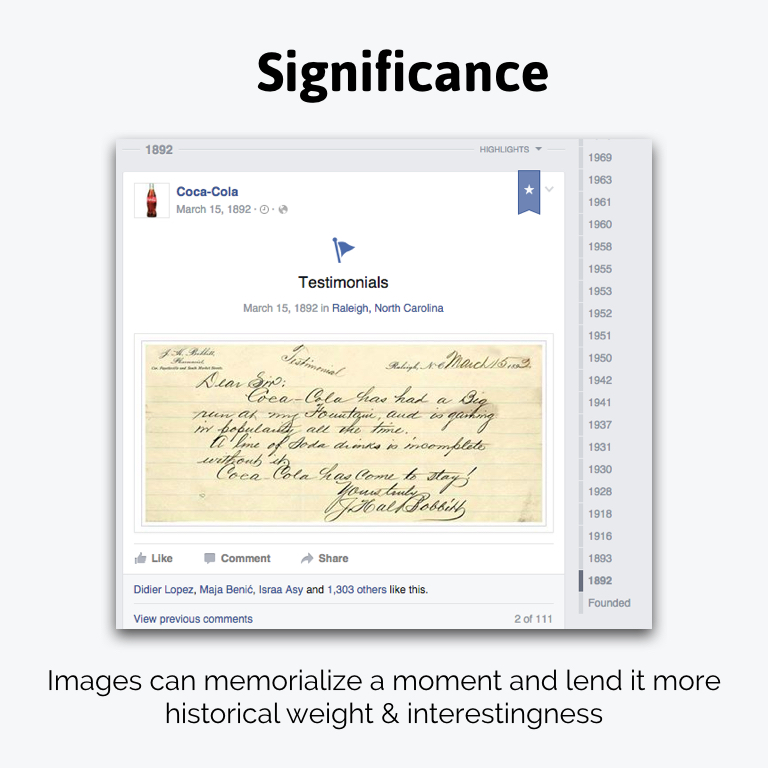


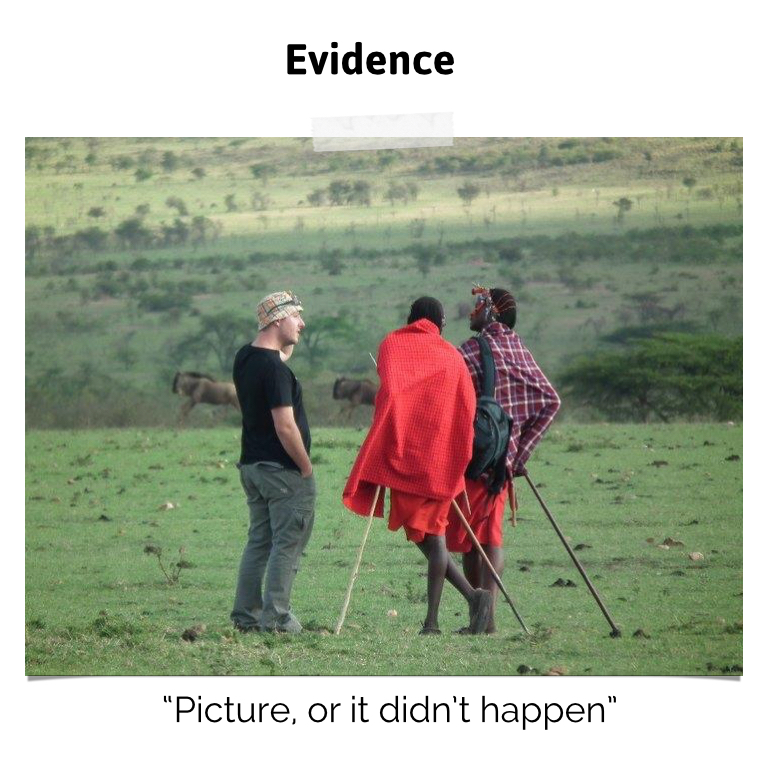
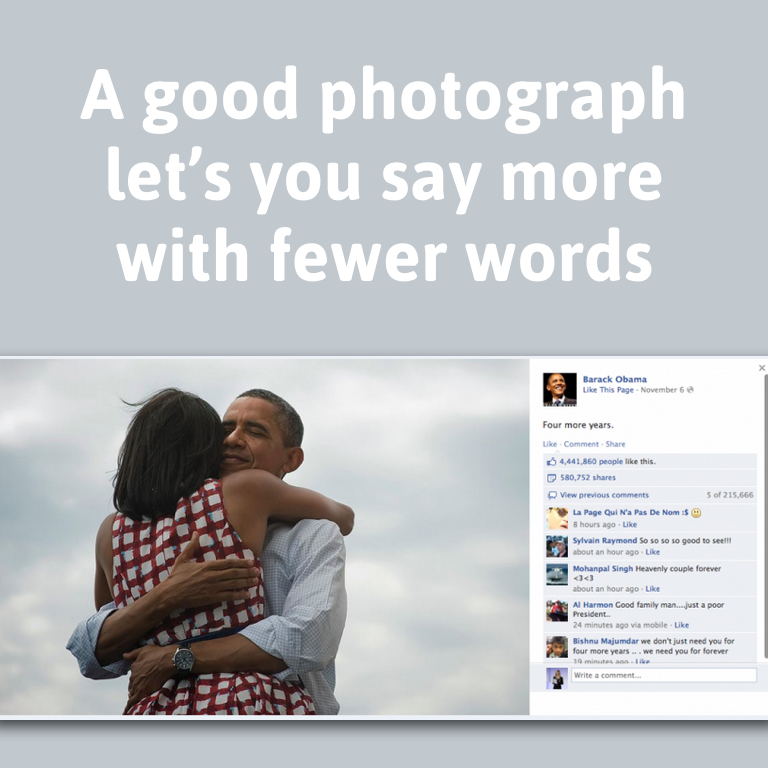

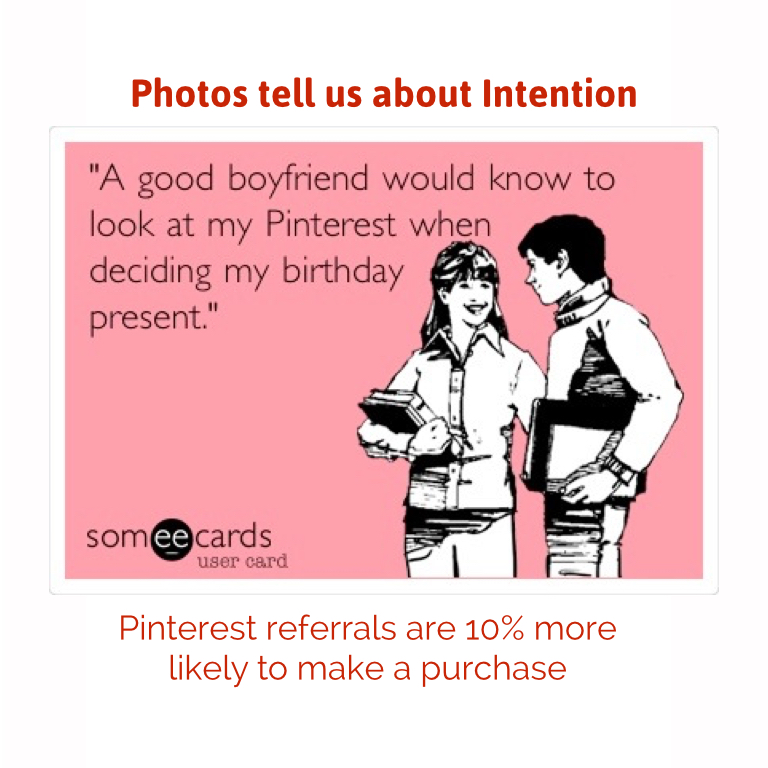


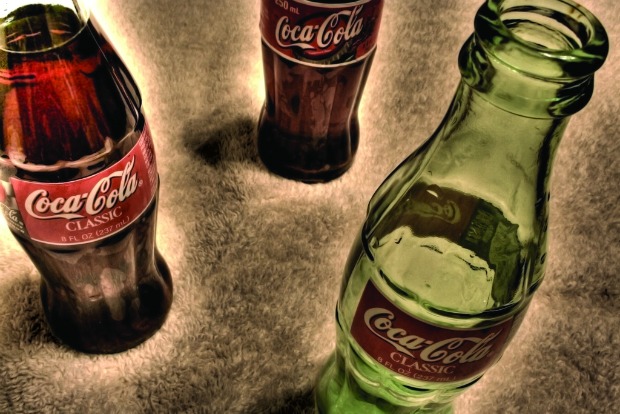







Learn to launch a spectacularly successful social media campaign.